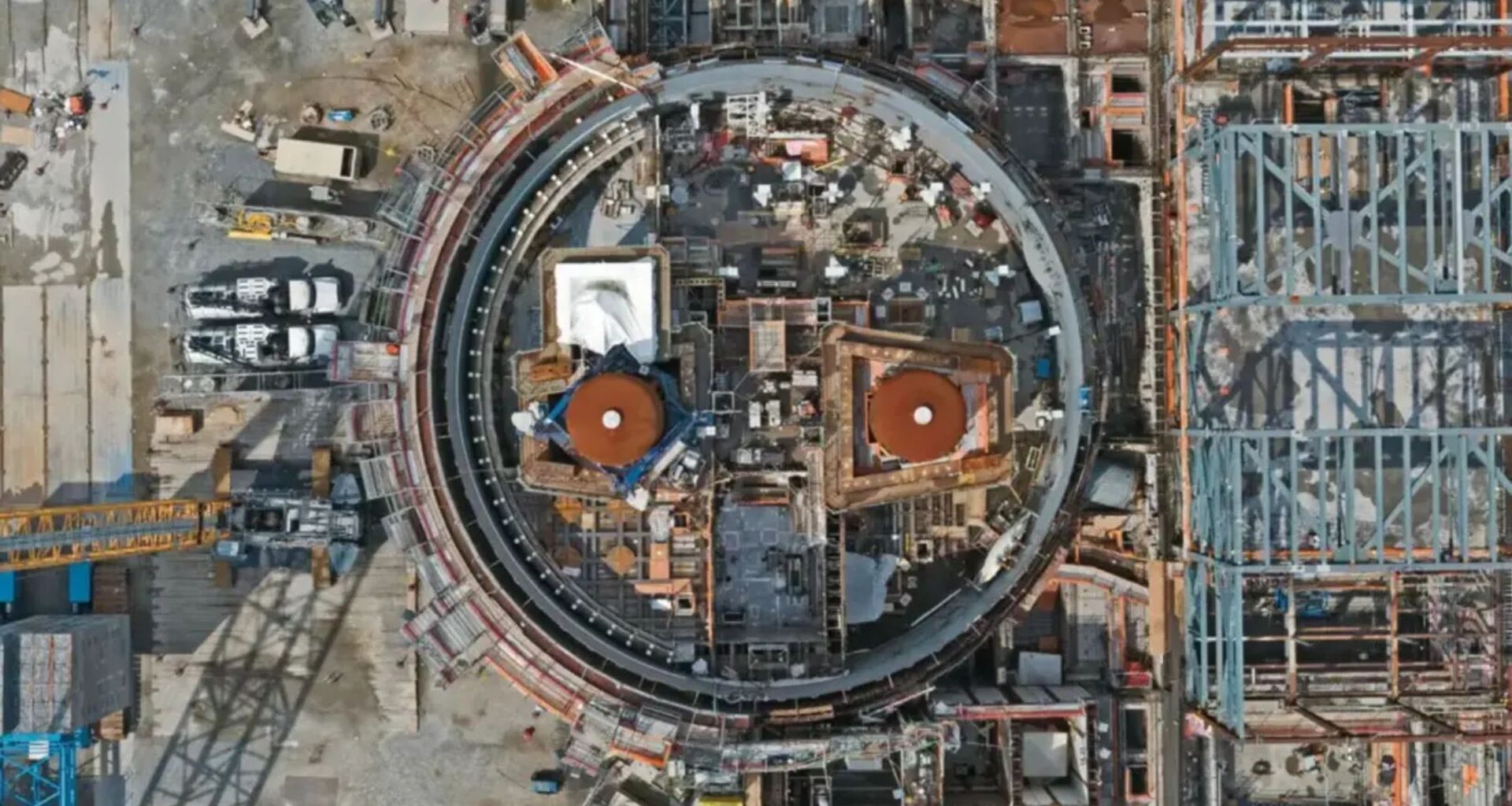Hyundai Engineering & Construction (Hyundai E&C) has taken a major step in expanding its global nuclear energy footprint.
On October 26, the company announced that it signed a basic design contract with Fermi America, a U.S.-based energy development firm, for the construction of four large nuclear reactors in Texas. The project will form part of what is expected to be the world’s largest integrated energy and artificial intelligence (AI) campus.
The massive project, located on the outskirts of Amarillo in northern Texas, aims to create a private energy hub capable of supporting large-scale AI operations.
The contract marks Hyundai E&C’s first official participation in the early design phase of the initiative, strengthening the growing energy partnership between South Korea and the United States.
Building the world’s largest private energy and AI campus
The “Complex Energy and AI Campus,” also called the HyperGrid complex, is being developed across approximately 21.19 million square meters of land. The site will host an independent power supply infrastructure with a total generation capacity of 11 gigawatts (GW).
This will include four large AP1000 nuclear reactors generating 4 GW, small modular reactors (SMRs) producing 2 GW, 4 GW from gas combined cycle plants, and 1 GW from solar and battery storage systems.
The combined energy output will power one of the world’s largest hyperscale AI data centers, creating an advanced ecosystem that integrates nuclear energy, renewables, and digital technologies.
Fermi America, co-founded by former U.S. Energy Secretary Rick Perry and entrepreneur Toby Neugebauer, is leading the $500 billion project. The company aims to provide a secure, self-sufficient energy source for future AI and data operations, reducing reliance on public power grids.
Hyundai E&C’s role and next steps
Under the new contract, Hyundai E&C will perform the front-end engineering design (FEED) and basic design work—the first stage in constructing the nuclear reactors. The company’s responsibilities will include developing site layout plans, reviewing cooling system methods, and preparing budget and process calculations.
However, the design phase will not cover structural or functional details for core equipment such as reactors and turbine generators. These elements will be handled in later stages once U.S. regulatory approvals are secured.
The U.S. Nuclear Regulatory Commission (NRC) is currently reviewing the integrated license application for the entire project. While that process continues, Hyundai E&C will proceed with design tasks and preparations for the main construction phase. Both companies plan to finalize an engineering, procurement, and construction (EPC) contract by the first half of next year.
Hyundai E&C and Fermi America first signed a memorandum of understanding (MoU) in July to collaborate on the development of hybrid energy systems based on nuclear and renewable power. Since then, both sides have held continuous discussions covering design, project planning, and future EPC collaboration.
A strengthened energy partnership
Fermi America has quickly emerged as a powerful player in the U.S. energy sector, having achieved listings on both NASDAQ and the London Stock Exchange within nine months of its founding.
Hyundai E&C believes that combining its global experience in large-scale nuclear projects with Fermi America’s ambitious AI and energy integration goals will create new opportunities in the North American market.
A Hyundai E&C representative stated, “We expect to create synergy with Fermi America, which has shown strong momentum by listing on NASDAQ and the London Stock Exchange just nine months after its establishment in early October, in pioneering the U.S. nuclear power plant construction market.”
They added, “This contract is a significant achievement proving that we are a trusted nuclear power partner in the global energy market, and we will seek practical ways to strengthen cooperation.”

